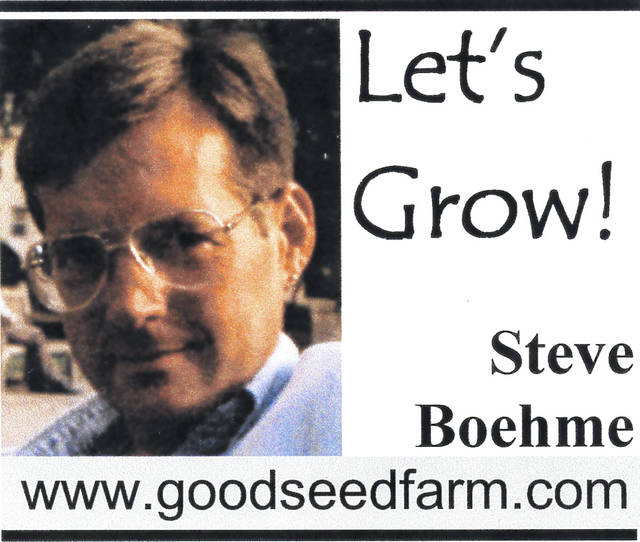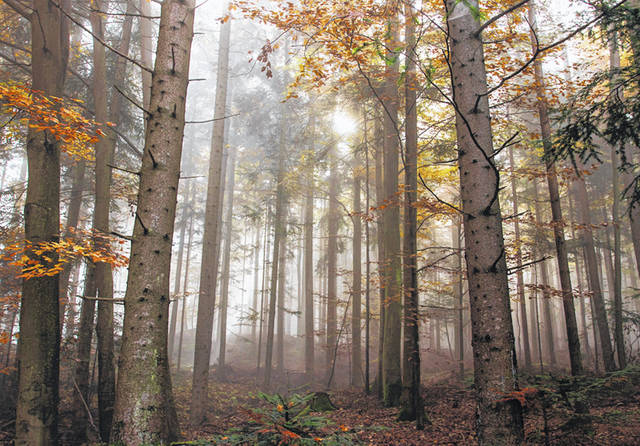

Do you have any woods on your property? Even a fringe of trees along your property lines?
If so, perhaps you should be paying more attention to them. You may not think of them as a savings account, but in many ways they can be if you take steps to manage them properly.
There are simple, easy steps you can take, patiently over time, to increase the value of the trees on your property.
In an unmanaged woodland, there can be intense competition among trees for light, water, and nutrients, resulting in slow growth or even the death of the more desirable trees.
In a woodland under crop-tree management, the more valuable trees are freed from excessive competition by removing some of the less desirable competing trees. The remaining trees grow faster, are healthier and more vigorous, more insect and disease resistant, and perhaps someday more valuable as marketable timber.
Your woodland management can have more than one goal. For example, you can manage your woodlot for wildlife habitat, home firewood production, and timber value in future years, with a technique called “crop-tree release”.
Crop-tree management can be used to encourage high-value hardwood trees, while defective or low-value trees can be cut for firewood.
Crop-tree release means removing or killing trees that directly compete with the more desirable crop trees. Trees to be removed may be used for firewood, “girdled” to provide shelter for wildlife, or simply cut and left on the ground to rot, supplementing the forest floor soil.
Girdling means making a one-inch deep cut around the trunk with a chain saw. Double girdling, with a second cut about three inches above the first cut, is even more effective.
Properly girdled trees will die standing up then will slowly decay, providing habitat for wildlife in the process. Girdling is an easy way to cull less desirable trees safely.
On our farm we spend a few winter days each year doing crop-tree release in our woods. In winter it’s easier to see which trees have nice straight “butt logs” and which have structural defects.
Working our way through a thick stand of mixed trees, we pick out the nice straight hardwood trees and cull their competition. When trees are growing very close to each other, eliminating the weaker specimens can double or triple the growth speed of the remaining trees.
While we’re at it we cut off grape, honeysuckle and poison ivy vines. We “limb up” the crop trees so that they’ll have at least eight feet of clear trunk (the minimum for commercial “saw logs”).
If desirable trees have more than one trunk we select the straightest, most vigorous one and cut off any others.
Home vegetable gardeners understand the process of culling the weaker seedlings to free up the healthier plants.
The remaining plants are then spaced far enough apart that they don’t compete so much, producing healthier plants and heavier crops. Crop-tree release in woodlands is a similar process.
Over years of time, this practice will reward you with the kind of woodlands we all like best; tall, straight, healthy timber that’s not choked with vines or held back by weak, crooked softwood trees of no particular value.
Think of the woods on your property as a savings account; each hardwood like tree a 30-year savings bond.
If you take proper care, patiently over time, it will grow in value, and at the same time be deeply satisfying to you as a landowner.
Just one more way you can make a difference, and leave a lasting legacy.
Steve Boehme is a landscape designer/installer specializing in landscape “makeovers”. “Let’s Grow” is published weekly; column archives are on the “Garden Advice” page at www.goodseedfarm.com. For more information is available at www.goodseedfarm.com or call GoodSeed Farm Landscapes at (937) 587-7021.



